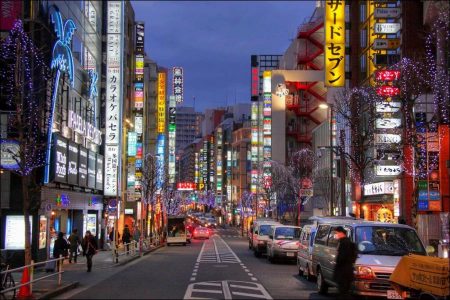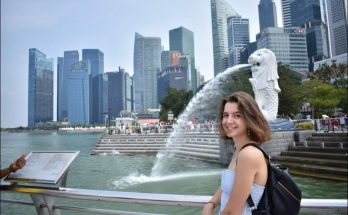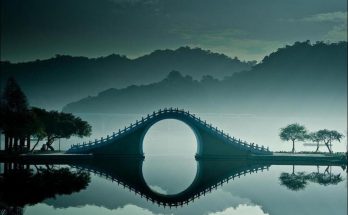To describe a great city like London or Paris to an American, or a mighty American city such as New York or Chicago to a European, is a comparatively easy matter. They are kith and kin, so to speak, sprung from the same civilization. Tokyo is different. It would be as misleading to treat it as an Eastern city as not to treat it as such. Tokyo has none of the characteristic, often sordid, aspects of a so-called Eastern city. The keen observer will not be slow to gain glimpses, through the crevices of its modern exterior, of that inner life which distinguishes it from any other great city in the world.
Tokyo had grown to be a very complex and indeed highly civilized city during its three centuries of national seclusion. To this civilization has been added in the past hundred years the modern superstructure of the West. To the newcomer the city may seem a heterogeneous medley, at once ultramodern, quaint, colorful, even bizarre–a “cocktail” sort of a city. He may think that Tokyo is passing through a violently transitional stage, or that it is perhaps only half Western. The true explanation is that Tokyo is unique–the result of its peculiar evolution, and must therefore be judged or appreciated by its unique standard. The same applies to the old cities of Kyoto, Osaka, Nagoya and other big cities.
It would be simple to describe Tokyo in yearbook style as the capital of the Japan, one of the half-dozen World Powers, with an extensive area of 213 square miles, a little more than Chicago, inhabited by 12,790,000 people, a city with all the latest improvements in the accommodation and administration which go to make a great metropolis. Such a description, however, will give no picture of what Tokyo is really like. To frame an adequate picture one must dip a little into its historical background.
Views: 105



